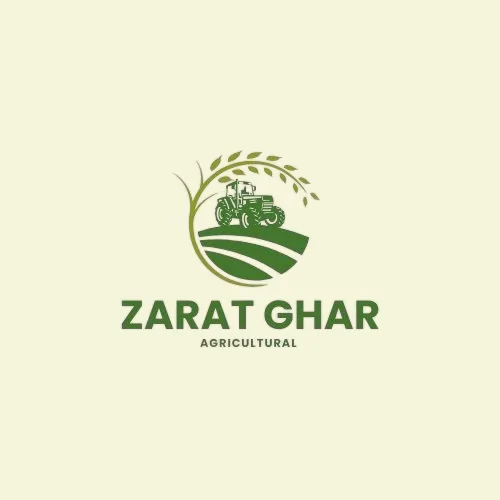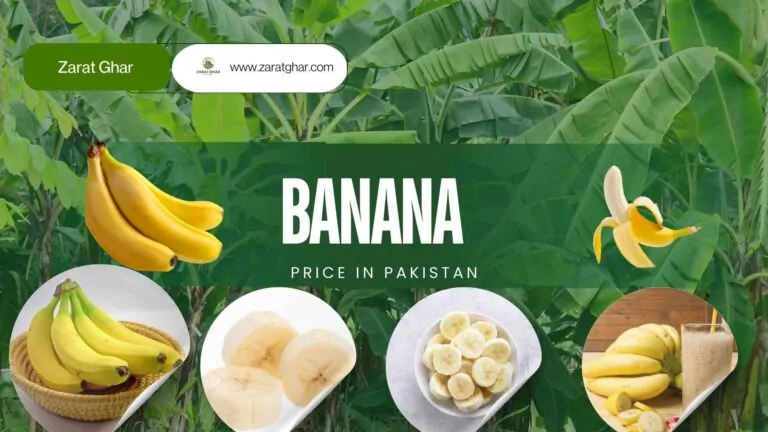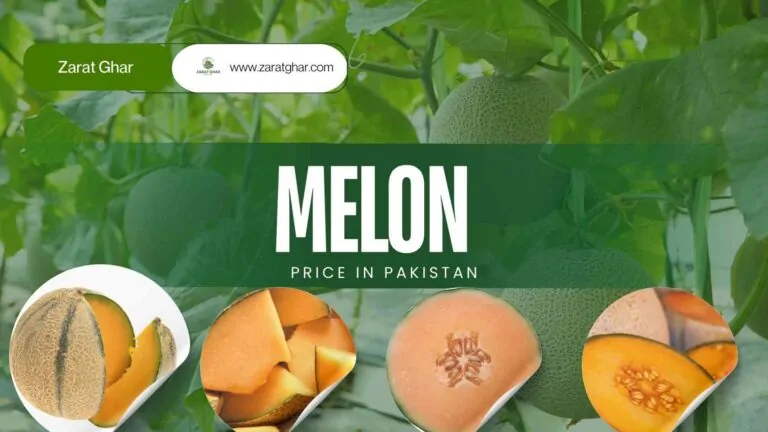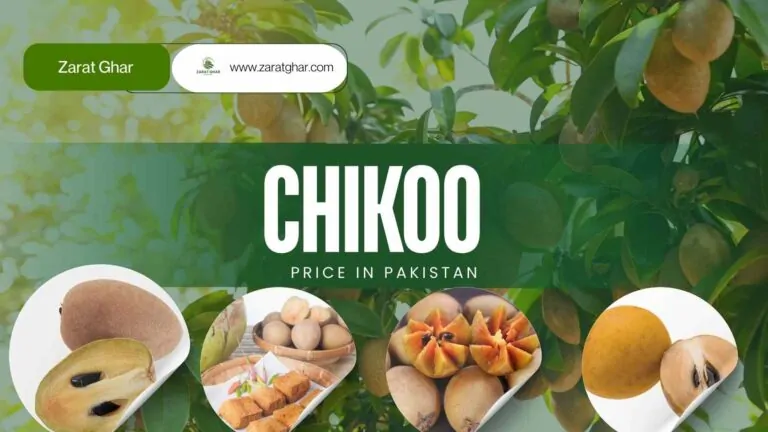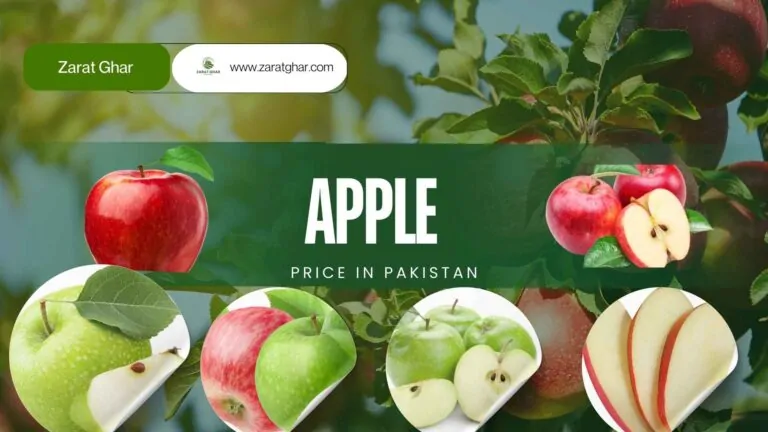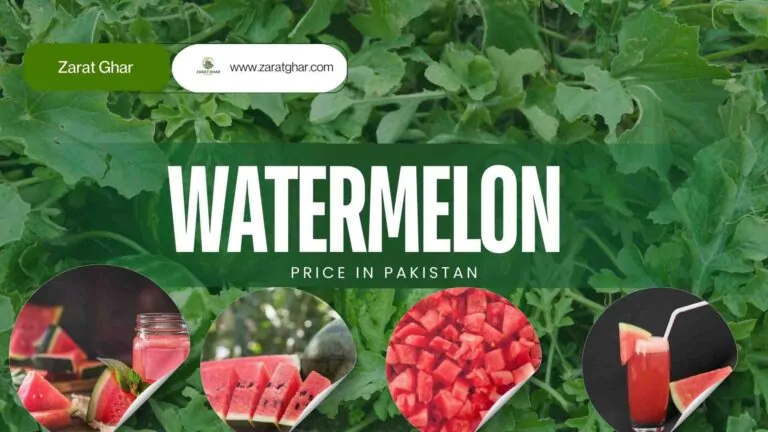Guava Price in Pakistan | December 2025
The Guava Price in Pakistan is dependent of the area, the quality. In the off-season, prices could range from 100-150 PKR per kilogram. In summer, which is the season of peak (October until December) the prices tend to fall to between PKR 50 and PKR 80 per kilogram.
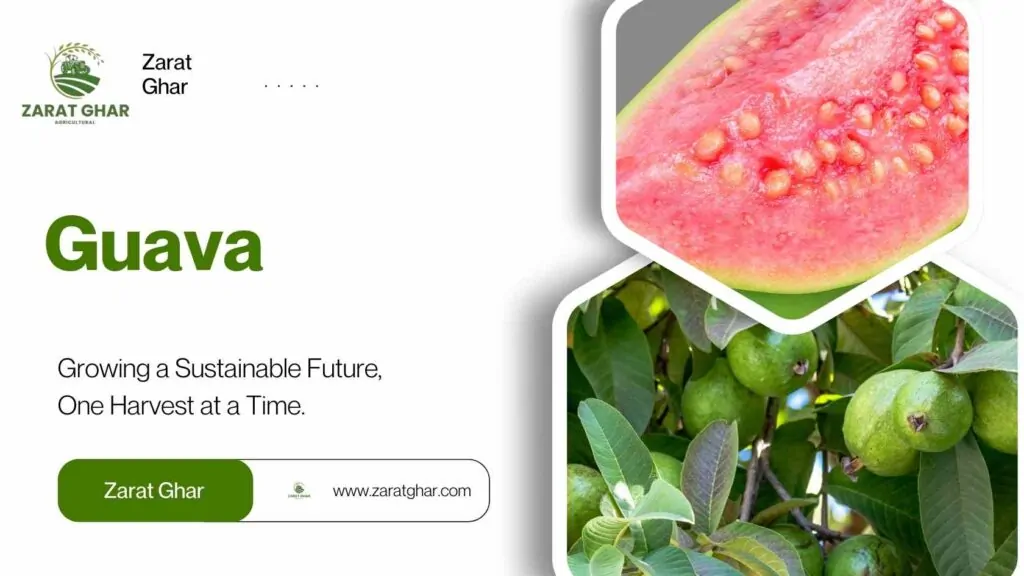
Guava, which is a well-known fruit of the tropical region, is widely grown in Pakistan because of its rich flavor, nutritional value and its versatility in cooking drinks and dishes. Also known in the form of “Amrood” in local languages and dialects, the fruit plays a significance in agriculture business and in everyday living. Guava prices in 2025 in Pakistan will fluctuate based on various variables such as the climate, demand and supply and demand dynamics. In this article, we will examine the guava price trend in Pakistan through 2025, a increasing season, as well as the aspects that influence its prices and availability.
Guava Rates in Major Cities of Pakistan 2025
| City | Price per kg (PKR) |
| Karachi | 120 |
| Lahore | 100 |
| Islamabad | 110 |
| Rawalpindi | 105 |
| Peshawar | 115 |
| Quetta | 130 |
| Multan | 125 |
| Faisalabad | 120 |
| Sialkot | 110 |
| Gujranwala | 100 |
Guava Price Trends in Pakistan 2025
The cost of guava in Pakistan is subject to fluctuation throughout the year, based on a variety of variables, including the timing of harvest, the supply of the fruit on the marketplace, as well as the weather conditions. The cost of guava in Pakistan will likely to see changes based on supply and demand balance, specifically during peak seasons.
1. Price Range During Peak Season (October – December)
In the hottest guava season usually between October and December, prices are anticipated to be less. The abundance of the fruit is evident at the markets, and the farmers in Pakistan are harvesting their guava crop. The anticipated price range for this time is PKR 50 – PKR 80 per kilo, dependent on the quality and variety.
2. Price Trends in Off-Season (January – September)
Prices for Guava during season off tend to be more expensive due to the limited supply. It is nevertheless accessible in the marketplace, however due to a less supply and a higher demand the prices can range between PKR 100 and PKR 150 for a kilogram. This price increase in the off-season is due in large part to cost of transportation incurred by traders and the farmers as the fruit must come from places that grow it in tiny quantities.
Factors Affecting Guava Prices in Pakistan
A variety of factors affect the cost of the guava plant There are a variety of factors that affect the price of guava in Pakistan. This includes climate along with local demand as well as policy decisions of the government pertaining to trade and agriculture. We’ll take a look at these elements.
1. Climate and Weather Conditions
Guava is a fruit of the tropical region which thrives in warmer climates. The climate of Pakistan, which has temperate winters and hot summers creates the perfect environment to grow guava. But, severe circumstances, such as dry spells or rain that is not seasonal, could negatively impact crop production and quality, which can lead to price swings. In the case of an outbreak of drought in important areas that produce guava, such as Sindh or Punjab The harvest could decrease, leading to an increase in the price.
2. Local Demand and Consumption Patterns
Guava is a popular fruit in Pakistan because of its nutritious value and the versatility of uses in a variety of forms, like fresh fruits as well as jams, juices and even juices. Its market demand is high at times of celebration including Ramadan where people eat greater quantities of fruits. Guava’s exports to neighbouring countries such as India could affect the local production and thus the cost.
3. Government Policies and Subsidies
Policies of the government, like the subsidies to farmers as well as support in agriculture, can also influence the cost of guava in Pakistan. The government could introduce programs which help farmers lower their costs of production. This will lead to a stable price and a more predictable market. In contrast the increase in transportation expenses or taxation for agricultural goods may result in higher costs to consumers.
4. Packaging and Transportation Costs
Guava, an edible fruit, demands the right handling and packing in order to prevent spoilage when it is transported. Packaging supplies, like boxes and crates, as well as the infrastructure for transportation in Pakistan are all factors in the final cost of the fruit. In the event of increases in the cost of fuel or problems with the chain of supply, price of guava may increase.
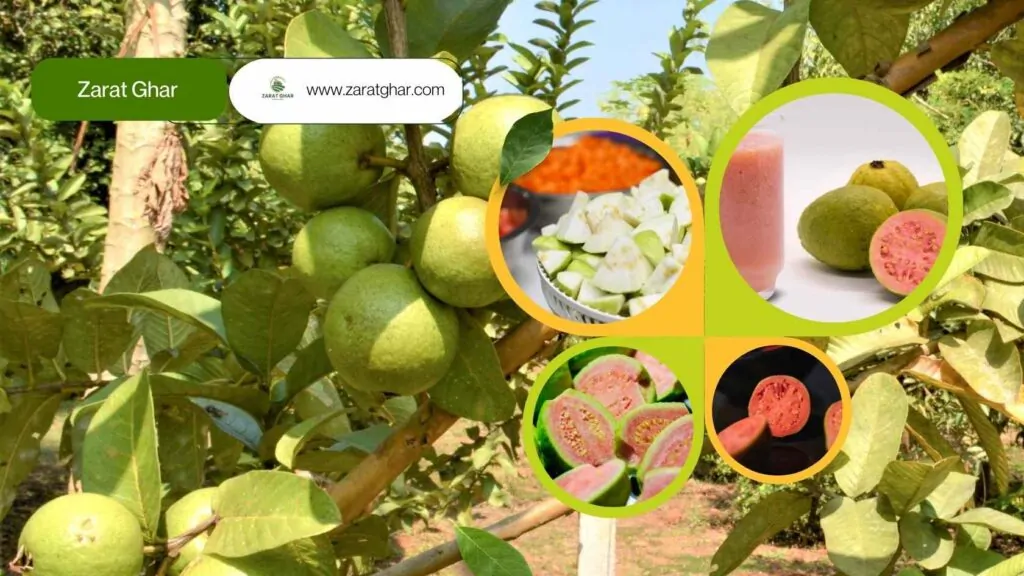
Guava Growing Season in Pakistan
Guava’s growing season in Pakistan generally begins in spring, and continues through summer. Guava trees flourish in hot conditions and the farmers begin to prepare their orchards early in the season for a successful harvest.
1. Planting and Germination
The ideal time to plant Guava tree in Pakistan is in the season of spring, which runs between March and May where the soil temperature is high and there is sufficient rain. Guava trees are also developed from seeds. However, the majority of farmers choose to plant tree grafted, which produce fruits more rapidly. Germination typically lasts about 2 to three weeks.
2. Flowering and Fruit Development
Guava trees begin flowering during the summer months of early summer (June through July). The time of flowering is vital to the development of fruit. In this time, the farmers make sure that their trees receive adequate water, because insufficient moisture can impact the quantity of flowers which transform into fruits.
3. Harvesting
Guavas are harvested during the season of harvest in Pakistan commences in September and runs through December. But the most productive harvest is between the months of October and November when the fruit is at maturation at its fullest. It is typical for farmers to harvest the fruit at the point it’s fully mature since guavas don’t keep ripening even after they have been picked.
4. Post-Harvest Handling
After the harvest, guavas can be sort by their qualities The best ones are sold for higher price. Guavas of lower quality are transformed into juices, jams or dried guava product. The proper handling and storage are vital to avoid the amount of waste produced and to ensure that Guavas are delivered to consumers in the best quality.
Conclusion
In the end, the cost of the guava crop in Pakistan will be expected in 2025 to reflect typical seasonal trends that will result in lower prices during the harvest season’s peak (October through December) as well as higher prices in the winter months. The climate the local market, demand for transportation and policies of the government can all affect the marketplace dynamic. Guava’s growth season commences in the early spring months and concludes in the late autumn, with the fruit harvested in the months between October and November.
Since guava is an integral aspect of Pakistan’s landscape, price changes are heavily influenced by the larger agricultural economy and other environmental issues. The average consumer can anticipate paying cheaper prices in the season of harvest, but have higher costs in the off-season because of limited supply.
See Also;
